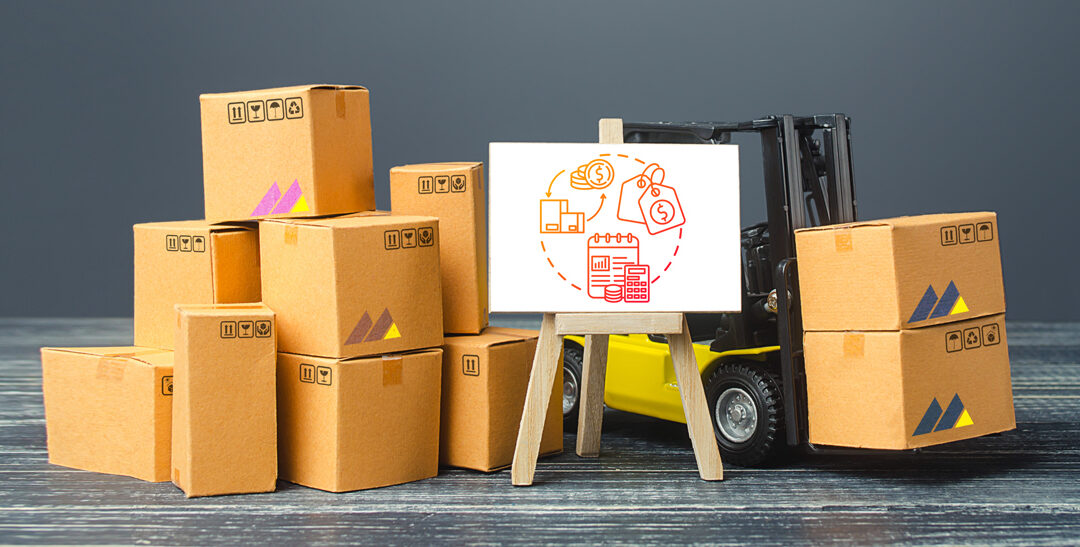When you have to devise or evaluate a price strategy in a competitive market, there is more than one consideration you have to take into account. Typically, there is no straightforward answer as to “when” you should change your pricing.
Most OEMs don’t compete or act as autonomous companies anymore. Instead, OEMs compete as participants of an integrated supply chain market. With the advent of technology, there are new ways to design, produce, and deliver products.
New Age of Strategic Pricing
When it comes to modern market-based pricing, most logistics and supply chain processes are optimized. New dynamics of strategic pricing can change the course of the future for the manufacturing industry. In fact, it might be as relevant as the industrial revolution’s mass production.
Traditional and Modern Approach
Traditionally, OEMs reduced the price of purchased products through aggressive negotiations. It was quite common for OEMs to impose strict conditions and minimize the profitability of the suppliers. Today, OEMs are more strategic and prioritize long-term relationships with other participants.
Through this method, however, you have to take into account the lifecycle costs of a product’s various iterations. The idea is to focus on mutual benefits for various supply chain participants in the process. But the timeframe is crucial to perform a successful price-based market testing.
Complicated Market Pricing Process
At its core, you have to understand the process and devise a well-thought-out price strategy. For instance, you can opt for a cost-plus pricing strategy as a direct way to figure out the most suitable price. On the other hand, you can adopt a value-based pricing strategy by combining your external and internal data. The trick is to analyze the preference, needs, and buying power of the customers.
Total Cost of Ownership
Different enterprises use different methodologies to calculate the total cost of ownership. In most cases, it is hard to pinpoint all the involved operating costs for any manufacturing equipment. Furthermore, TCO analysis cannot predict unpredictable and increasing costs over a long period.
For instance, if the new cost of an engineering component increases higher than expected, the total cost of ownership calculations might not be able to guarantee the availability and accessibility to upgrades. Not to mention it would probably impact your vendor relationships.
Without the total cost of ownership analysis, enterprises will miscalculate budget and buy unsuitable components. As a result, it would lead to unstable prices and slow down the service.
It is fundamental to understand that market pricing impacts everything. Whether it’s the market reputation or profit margin, pricing has a cause-and-effect relationship. So, it makes sense to pay close attention to “how” you intend to roll out new price adjustments.
In retrospect, market pricing is a continuous process that changes over time. Often, competitive market pricing can turn into a nightmare for businesses, and often there is no guarantee as to how customers would react to a different price strategy. In essence, unplanned and unexpected market pricing changes can affect your bottom line.

Resourceful and innovative Marketing Pro, with 20+ years of progressive experience in the marketing and creative technology industry. Responsible for digital and traditional marketing efforts that promotes brand awareness, increases engagement, and drives revenue.
















